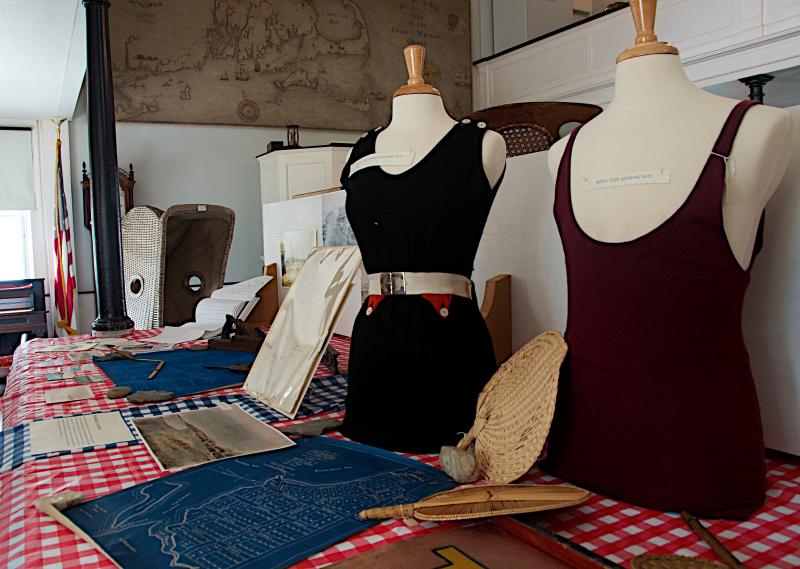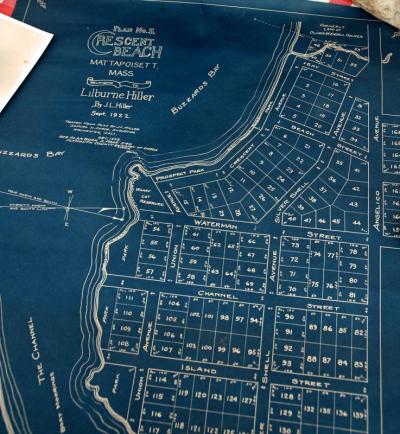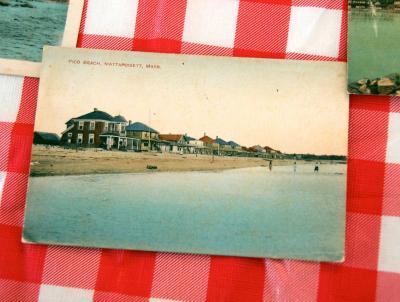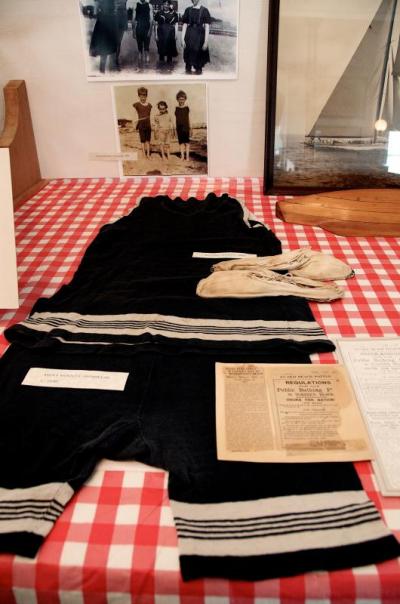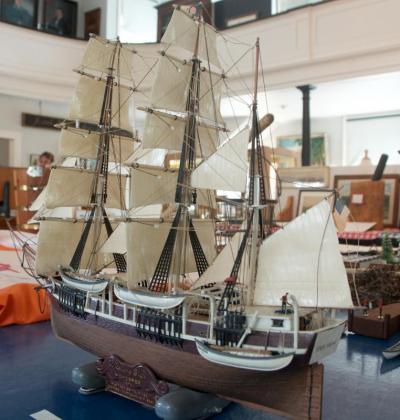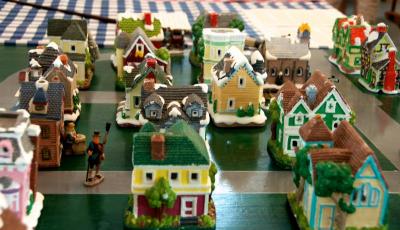Mattapoisett Museum opens nostalgic summer exhibit
The Mattapoisett Museum and Carriage House opened its summer exhibit on July 5 entitled “Mattapoisett ‑ Place of Rest.”
For curator Elizabeth Hutchinson, this is her first show and she said the theme came to her organically.
“I was running through stuff and found some old beach photographs. It kind of morphed from there.”
The exhibit ranges from the Native Americans, Mattapoisett’s first summer visitors, to the parasols and swimsuits of wealthy Bostonians who took a train to vacation in the town. The museum also remembers the 200th anniversary of the War of 1812 in which Mattapoisett residents protected their shores and shipyard from the British.
The exhibit runs through the end of August and the museum is open Wednesday through Saturday from 1 p.m. to 4 p.m. Admission is free for members and guests. All others are $3 for adults and $1 for children 3-12.
Before you go, here are a few fun facts from the exhibit:
- In 1869, Mr. and Mrs George Bernard, 1869, purchased Cannonville, Ned’s Point and Mattapoisett Neck for only $1,800.
- The Mattapoisett Neck area was called Antassawamock by the Native Americans. Try saying that three time fast.
- At the turn of the century, beach cottages were available to rent for $25 for the whole summer.
- Fact or fiction? During the War of 1812, with the British ship the HMS Nimrod in Buzzard’s Bay, Mattapoisett residents kept them at bay with a Seaweed Fort. The fort was made in the middle of the night with rocks and sand and covered with seaweed. Children donned hats and carried sticks to look like soldiers standing guard. Although the story is unsubstantiated it makes for great town lore!
- A clipping from an old newspaper says that women and men were required to swim separately on the town’s public beaches in 1887.
- Author Oliver Wendell Holmes, Sr. and his son Supreme Court Justice Oliver Wendell Holmes, Jr. were summer visitors in the early years when the town was shifting from the shipping industry to tourism.



